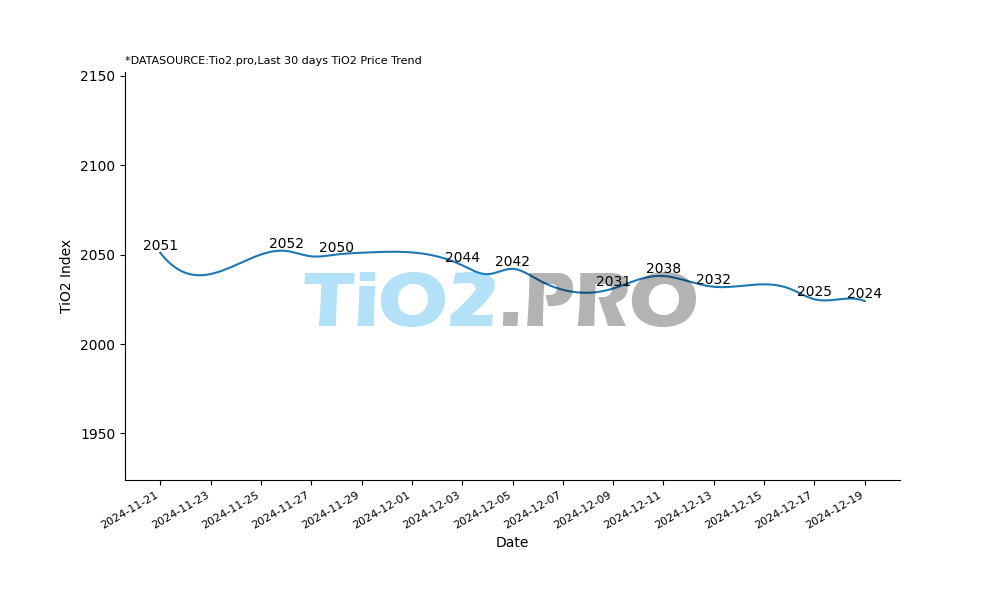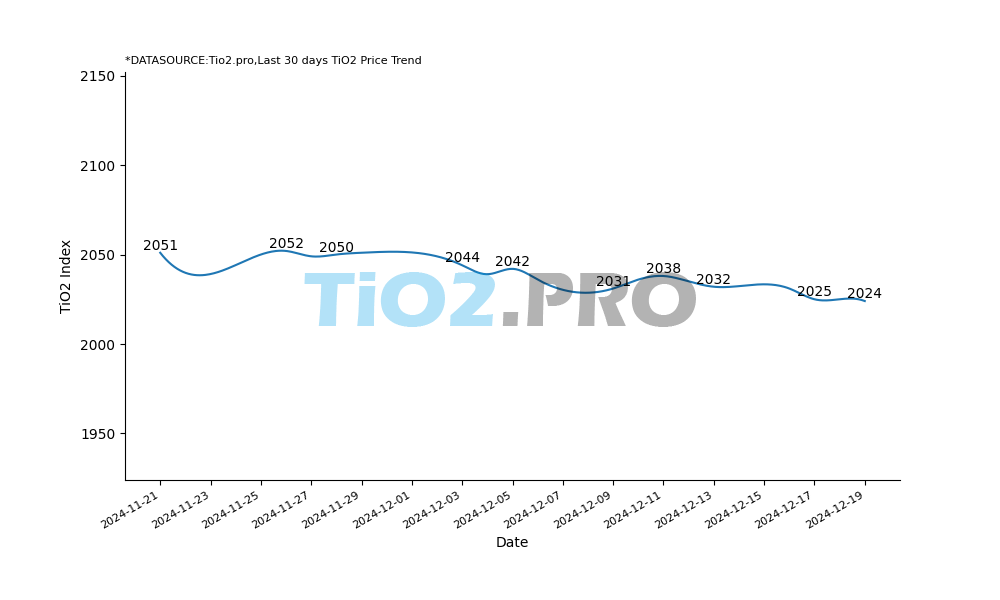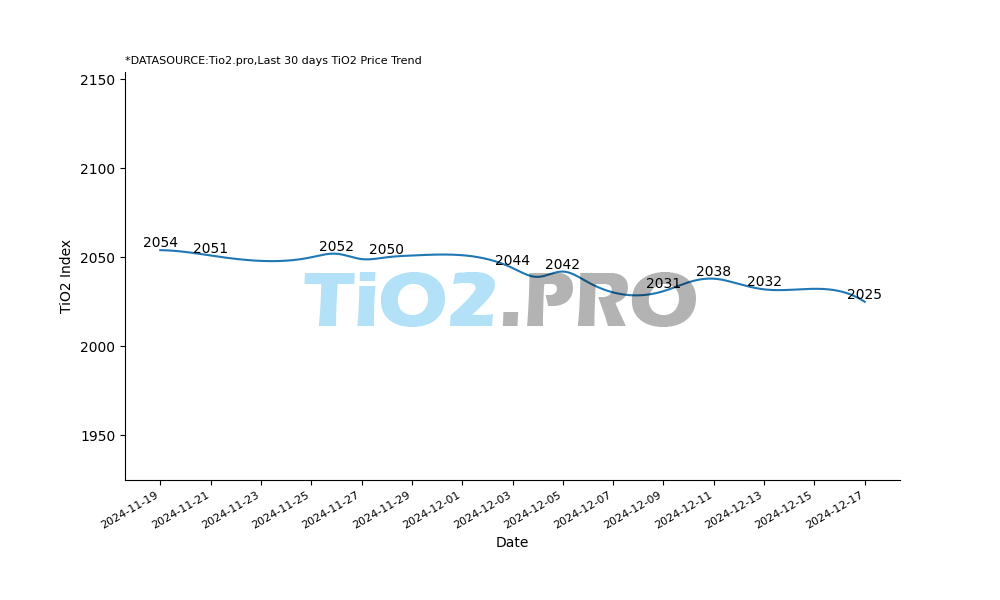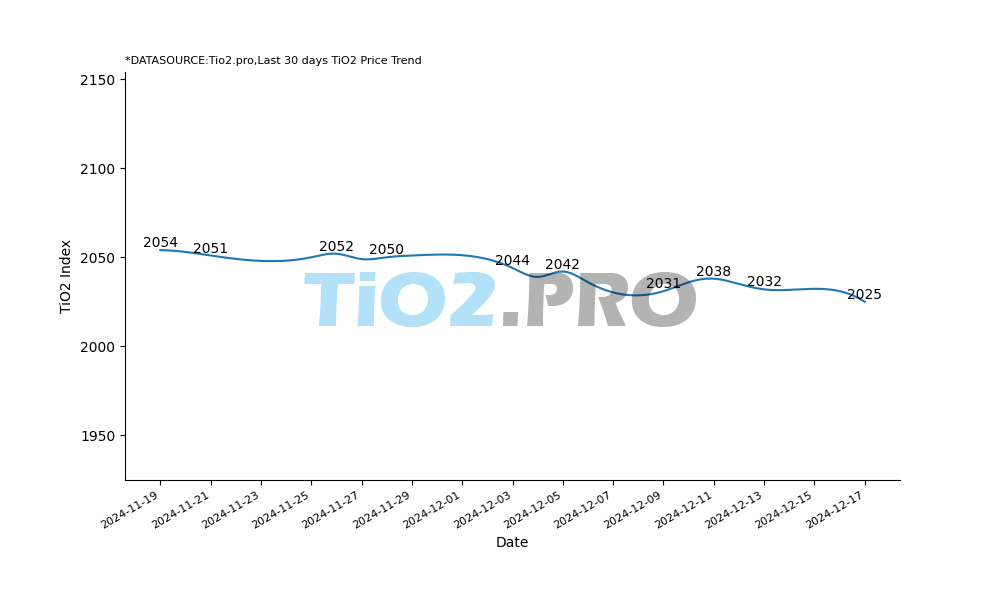Asia's largest titanium dioxide manufacture is trapped in an environmental vortex: Lomon Billions has been accused of sewage for many years
Source: China Business News
Original title: Asia’s largest titanium dioxide company is trapped in an environmental vortex: Lomon Billion (31.600, -0.05, -0.16%) has been accused of “sewage” for many yearshttps://finance.sina.com.cn/stock/relnews/cn/2020-12-19/doc-iiznezxs7758225.shtml
Our reporter Chen Jiayun and Jiaozuo report
“Located on the east side of the village, Lomon Billion (002601.SZ) has been burying industrial solid waste in the gully near many surrounding villages for so many years. It is also suspected of discharging sewage to the nearby Dasha River and piling up solid waste on the riverbed. Serious damage to the local ecological environment, affecting the normal life of the villagers.” On December 9, a villager in Hekou Village, Longxiang Sub-district Office, Zhongzhan District, Jiaozuo City, Henan Province said angrily to a reporter from China Business News.
Located in the western industrial agglomeration area of Jiaozuo, Henan, Longmangbaili is a large-scale inorganic fine chemical group, mainly engaged in the production and sales of titanium dioxide, titanium sponge, zirconium products and sulfuric acid. It is the largest titanium dioxide enterprise in Asia. For many years, the company’s industrial solid waste has been buried in Hekou Village, Liuzhuang Village, Sihou Village, etc. Due to the proximity to the village, local villagers questioned the environmental protection and safety of the project.
In response to the above question, the Lomon Billion person did not respond to the reporter. They stated that the interview can be linked to the local government propaganda department, and the company does not respond.
“As the largest enterprise in the city, Lomonblade absolutely meets the environmental protection standards, and there will be no violations.” An official from the Zhongzhan District Ecological Environment Bureau told reporters that the industrial solid waste “yellow mud” procedures are complete, and the waste water has been since 2012. It has been discharged to the pollution treatment plant in the Zhongzhan District, with online monitoring. However, as of press time, the person has not provided reporters with the Lomon Billion project environmental assessment and other regulatory documents.
Discharging waste to the “Mother River”?
Hekou Village is located at the foot of Taihang Mountain. In recent years, the rapid development of industry has disrupted the originally peaceful village life.
The villagers of Hekou Village told reporters that Lomon Billion is close to the east side of the village, and every day a large amount of industrial waste and wastewater are buried and discharged, which may cause the soil and groundwater in the village to be polluted. On the east side, there was a ravine hundreds of meters deep, but it has long been filled with industrial waste.
Originated from the Dasha River in the depths of the Taihang Mountains, known as the “Mother River” of Jiaozuo, it passes by the west side of Hekou Village. Villagers told reporters that Lomon Billion was suspected of discharging wastewater into Hanoi for many years.
When the reporter found the sewage outlet of Lomon Billion to Dasha River that the villagers were referring to, there was still suspected waste water discharged from the sewage outlet. At the same time, the artificially dug ditches extended to the Dasha River, and the ditches accumulated a layer of yellowish-brown unidentified objects.
Regarding the issue of wastewater discharge raised by the villagers, the reporter reported to the Zhongzhan District Ecological Environment Bureau and provided corresponding videos and photos.
A person from the Central Station District Ecological Environment Bureau told reporters that the sewage outlet was previously used by Lomon Billion. After the construction of the sewage treatment plant in the middle station area in 2012, the company had already sealed the outlet.
The person emphasized that it is impossible to say that it was Lomon Billion’s discharge at this time, and conclusions can only be drawn after investigation.
A person in the titanium dioxide industry told reporters that the unknown matter in the river ditch was yellowish brown, which may be caused by the titanium dioxide wastewater containing iron ions. It is reported that the wastewater discharged from the production of titanium dioxide will contain substances such as sulfate and ferrous sulfate.
The reporter learned that there is only one titanium dioxide company near Dasha River. Its capacity is mainly to produce titanium dioxide by the sulfuric acid process. As we all know, the sulfuric acid process has environmental pollution risks and high treatment costs. This is also an important reason for the development of the chlorination process by Lomon Billion in recent years.
In addition, the villagers of Hekou Village told reporters that because solid waste filled the ravines, some companies started dumping industrial waste into the riverbed. The reporter saw at the scene that there was a pile of yellow mound not far from the sewage outlet on the wide river bed, and yellow-brown waste water could still be seen next to the mound.
The reporter saw at the scene that Longmangbaili was built with its back on the mountain, Liuzhuang Village of Longxiang Sub-district Office in Zhongzhan District is located behind the mountain, and Sihou Village is on the east.
According to villagers in Liuzhuang Village, Lomon Billion is on the mountain. The reporter saw trucks dumping solid waste into the valley at the top of the mountain, accompanied by white smoke.
Local villagers said that the area from the south of the village to the foot of the mountain has been buried and covered with loess. Now landfill in the ravine on the north side of the village. During the reporter’s investigation, they saw trucks full of industrial solid waste driving north through the village.
At the same time, there is also a buried ravine across the road on the south side of Sihou Village, which has been replanted in accordance with the policy. However, the reporter found on the top of the mountain above the ravine that industrial solid waste was still buried on it, overgrown with weeds, and yellow-brown industrial solid waste and a small amount of wastewater could be seen.
Is the procedure missing?
Regarding the above-mentioned villagers’ reports of Lomon Billion’s suspected pollution discharge and landfilling of solid waste, the reporter asked the Zhongzhan District Ecological Environment Bureau to verify whether they could provide the company’s relevant environmental assessment procedures and other documents. A source from the department told reporters that during the EIA procedures of Lomon Billion, the key was taken away due to a business trip by a colleague in the management materials room. It takes 4 days to come back and the colleague will provide it when he returns.
In addition, the reporter asked the person to lead the people from the Ecological Environment Bureau to the Dasha River sewage outlet reported by the villagers. It said “no need” and said, “We all know the place and will check it out by ourselves, and will reply together at that time.” But as of press time, the department has not responded to reporters further, nor provided relevant EIA documents.
If the EIA procedures are complete, why can’t it come out? A person from the Propaganda Department of the Zhongzhan District told reporters that the Ecology and Environment Bureau and the enterprises do not provide EIA materials because of too much pressure and fear of problems.
It is understood that Lomon Billion is the largest local enterprise and a major taxpayer in the region.
Public information shows that in 2017 and 2019, local media reported on the suspected discharge of waste water to Dasha River by the local media, and also reported to the local Ecology and Environment Bureau, but the feedback effect does not seem to be optimistic.
An environmental law enforcement official told reporters that the wastewater problem is actually very easy to deal with. First, check the on-site inspection of wastewater to trace the root cause, and then find the company to check whether the water and drainage volume matches the capacity. If the amount of sewage discharged for so many years is very large, the comparative data is clear at a glance. The environmental impact assessment will have relevant regulations on drainage issues. An enterprise can only have one sewage outlet. If the enterprise discharges to a centralized sewage treatment plant, there will be no other sewage outlet.
Economist Song Qinghui told reporters that in fact, some polluting enterprises are the main pillars of local fiscal revenues. Some local governments, especially in economically underdeveloped areas, have “passed and passed” the pollution control enterprises, or practiced formalism, and are enjoying the increase in fiscal revenue. At the same time, villagers are allowed to bear the consequences of environmental pollution.
Repeated violations were punished
It is understood that the domestic titanium dioxide industry is dominated by the sulfuric acid process. The treatment of the “three wastes” is not difficult, but the treatment costs are high. The waste gas produced by the production of titanium dioxide is mainly acid mist and dust, etc., which can be effectively treated by spray washing and gravity sedimentation; the waste residue produced can be treated by techniques such as landfill and neutralization; ferrous sulfate heptahydrate, Waste acid, gypsum residue, etc. can be recycled or comprehensively utilized.
“As the largest titanium dioxide company in China, if there is a large number of pollution problems, Lomon Billion will not only damage the ecological environment, but also seriously undermine fair competition in the industry.” Song Qinghui said in an interview with reporters.
In fact, Lomonbali has repeatedly received “tickets” for environmental protection and safety issues in recent years.
In 2019, Lomon Billion received the “Administrative Penalty Decision” issued by the Emergency Management Bureau of Jiaozuo City, Henan Province (Jiaoan Jianpu [2019] No. 72). The penalty decision letter shows that after the investigation of Jiaozuo City Emergency Management Bureau, the 1 million tons/year high-salt wastewater deep treatment project organized by Lomon Billion has been requested by Jiaozuo City Emergency Management Bureau to stop construction in the early stage, and no construction project has been obtained in the project. In the case of the safety review, the project is still under construction. Jiaozuo Emergency Management Bureau decided to fine Lomon Billion 1 million yuan.
In addition, in 2019, Lomon Billion also received two “Administrative Penalty Decisions” issued by the Henan Provincial Department of Ecology and Environment. The “Administrative Penalty Decision” shows that Lomon Billions’ annual production line of sulfuric acid titanium dioxide production line with an annual output of 120,000 tons was put into production without environmental protection acceptance. In addition, the main project of the company’s annual production of 300,000 tons of sulfur-chlorine coupled titanium material green manufacturing project has been completed, power distribution facilities, electrical instrumentation systems and pipelines have not been completed, and the environmental impact assessment documents of the construction project have not been submitted according to law, and a fine of 400,000 yuan has been imposed , An administrative penalty of 1.3 million yuan.
From 2017 to 2018, Lomon Titanium, a subsidiary of Lomon Billion Holdings, was punished by the local environmental protection department for 6 violations of laws and regulations. The penalties mainly involve solid waste, sewage, and waste gas treatment.
Among them, on August 3, 2018, the Environmental Protection Bureau of Mianzhu City, Sichuan carried out a law enforcement inspection on Lomon Titanium, and found that Lomon Titanium had 5000 cubic meters of leachate collection tank overflowing wastewater discharged without treatment when it rained at night. The monitoring report issued by the Deyang Environmental Monitoring Center Station showed that the pollutant indicators in the spilled wastewater exceeded the “Integrated Wastewater Discharge Standard.” On March 30, 2017, Deyang City Environmental Monitoring Center Station conducted monitoring results of Lomon Titanium Industry. It was shown that the pH value of the effluent wastewater exceeded the national standard due to the malfunction of the pH alarm. Lomon Titanium Industry was fined 671,600 yuan.
Song Qinghui told reporters that Lomon Billion’s large number of environmental penalties indicate that the company has “loopholes” in its management.
Since its listing in 2011, Lomon Billion has adhered to the development model of two-wheel drive of merger expansion and endogenous growth. It acquired Sichuan Lomon Titanium Industry Co., Ltd. in 2016 and Yunnan Metallurgical Xinli Titanium Industry Co., Ltd. in 2019. Formed an operation and management model centered on the group headquarters and coordinated with the six production bases.
In this regard, the development goal of deep integration between Lomon Billion and its subsidiaries has put forward higher requirements to the group’s management. Lomon Billion also said that the macroeconomic environment is becoming increasingly complex and changeable. If the company cannot continue to improve its management and decision-making efficiency, it may have a certain impact on the company’s normal production and operation.
Asia's largest titanium dioxide manufacture is trapped in an environmental vortex: Lomon Billions has been accused of sewage for many years



